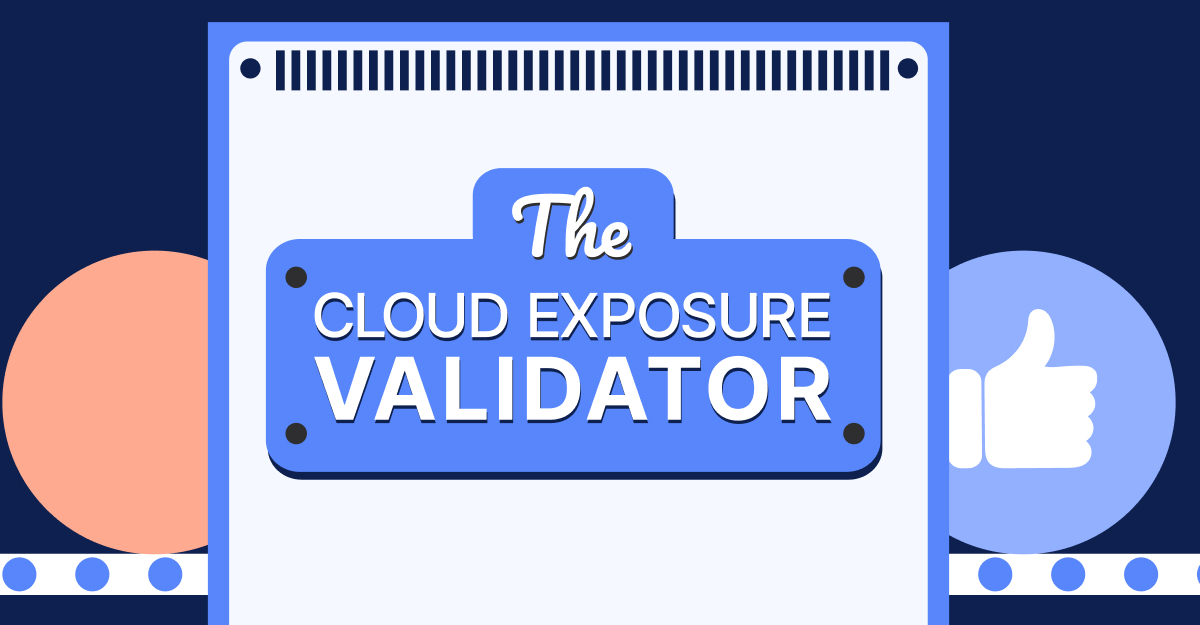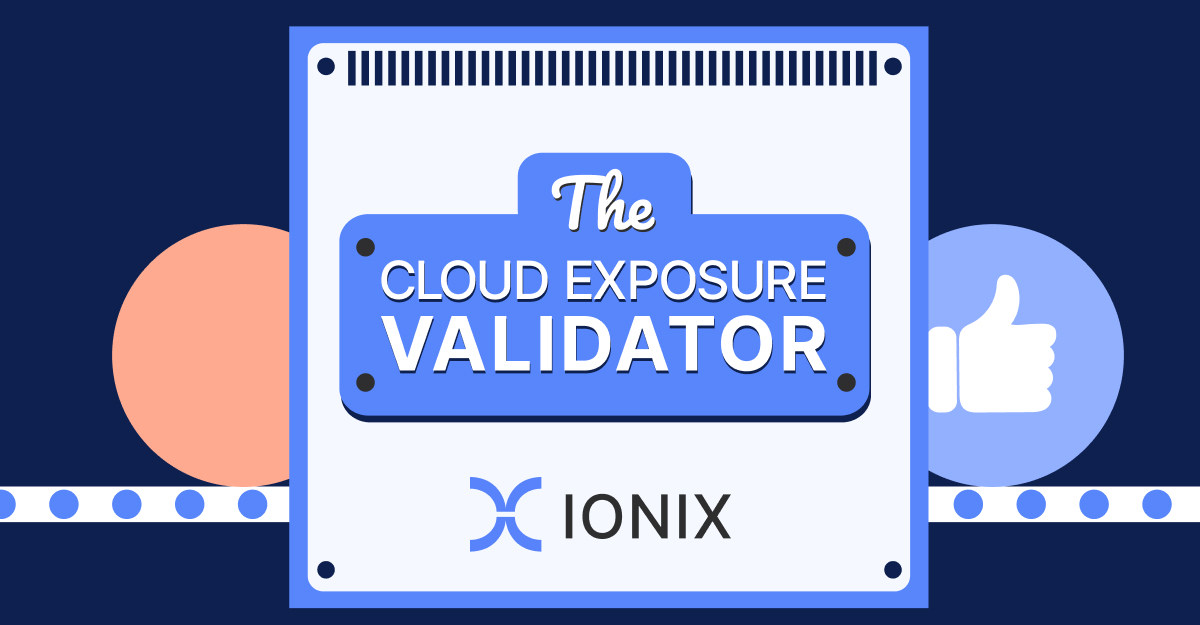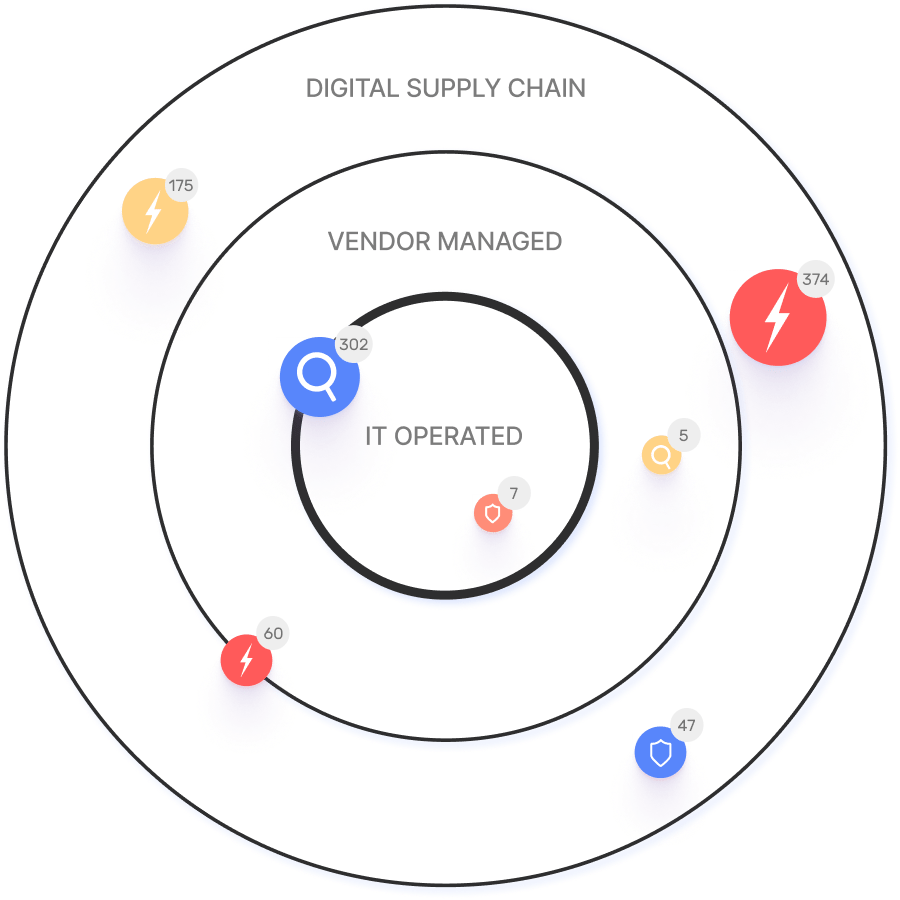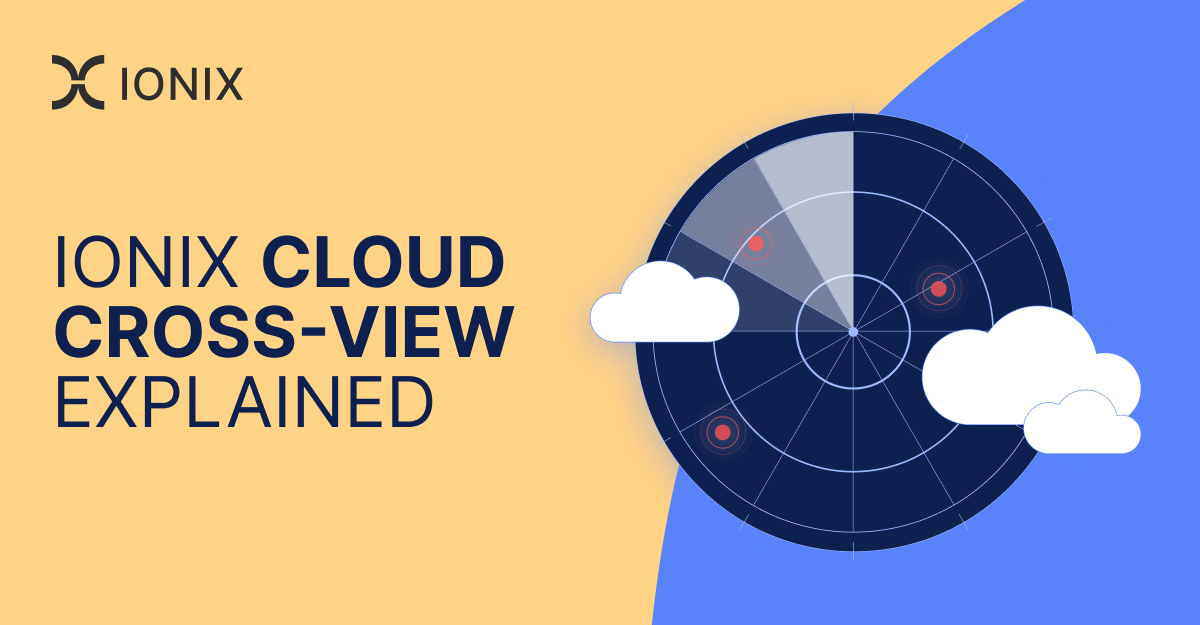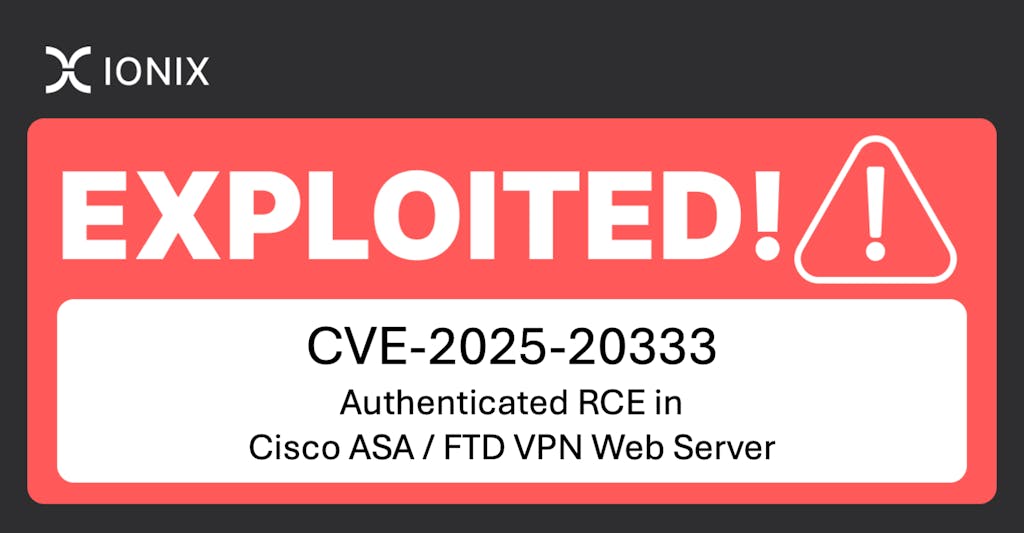Frequently Asked Questions
Product Overview & Capabilities
What is IONIX and what does it do?
IONIX is an External Exposure Management platform designed to help organizations identify exposed assets and validate exploitable vulnerabilities from an attacker's perspective. It enables security teams to prioritize critical remediation activities by cutting through the flood of alerts. Key features include complete attack surface visibility, identification of potential exposed assets, validation of exposed assets at risk, and prioritization of issues by severity and context. Learn more.
What are the key capabilities and benefits of IONIX?
IONIX offers several key capabilities and benefits:
- Complete External Web Footprint: Identifies shadow IT and unauthorized projects, ensuring no external assets are overlooked.
- Proactive Security Management: Mitigates threats before they escalate, enhancing security posture.
- Real Attack Surface Visibility: Provides a clear view of the attack surface from an attacker’s perspective for better risk prioritization.
- Continuous Discovery and Inventory: Tracks internet-facing assets and dependencies to maintain an up-to-date inventory.
- Streamlined Remediation: Offers actionable insights and one-click workflows to address vulnerabilities efficiently.
These capabilities help organizations improve risk management, reduce mean time to resolution (MTTR), and optimize security operations. More details.
What is Cloud Cross-View and how does it enhance attack surface visibility?
Cloud Cross-View (CCV) is an IONIX feature that provides a comprehensive view of your cloud attack surface by integrating cloud data with external attack surface management (ASM) data. It enables organizations to analyze cloud assets from the viewpoint of remote attackers, map attack paths, and understand asset interdependencies across cloud and on-premises environments. This holistic approach ensures no blind spots in cloud security and helps prioritize remediation efforts. Learn more.
How does IONIX integrate with public cloud providers and cloud security solutions?
IONIX integrates with major public cloud providers such as Amazon AWS, Microsoft Azure, and Google GCP. It also connects with cloud security solutions like CSPM (Cloud Security Posture Management) and CNAPP (Cloud Native Application Protection Platform), including PAN Prisma Cloud, Wiz, and Microsoft CSPM. These integrations enable IONIX to attribute cloud assets, manage externally-facing assets, and enrich attack path mapping with vulnerability data from cloud environments. See all integrations.
What is the difference between IONIX and traditional cloud security solutions?
Traditional cloud security solutions like CSPM and CNAPP focus on internal cloud environment scans and vulnerability assessments. IONIX complements these by providing an external attack surface perspective, mapping attack paths that remote attackers could exploit, and integrating cloud asset data with broader organizational security context. This approach helps prioritize vulnerabilities that are truly exploitable and ensures comprehensive coverage across cloud and non-cloud assets. Read more.
Features & Integrations
What integrations does IONIX support?
IONIX supports integrations with tools such as Jira, ServiceNow, Slack, Splunk, Microsoft Sentinel, Palo Alto Cortex/Demisto, AWS Control Tower, AWS PrivateLink, and Pre-trained Amazon SageMaker Models. These integrations enable streamlined workflows for ticketing, SIEM, SOAR, and cloud asset management. See all integrations.
Does IONIX offer an API for integrations?
Yes, IONIX provides an API that supports integrations with major platforms like Jira, ServiceNow, Splunk, Cortex XSOAR, and more. This allows organizations to automate workflows and connect IONIX with their existing security and IT management tools. Learn more.
Security & Compliance
What security and compliance certifications does IONIX have?
IONIX is SOC2 compliant and supports companies with their NIS-2 and DORA compliance, ensuring robust security measures and regulatory alignment. See details.
How does IONIX ensure product security and compliance?
IONIX maintains SOC2 compliance and supports organizations in meeting NIS-2 and DORA regulatory requirements. The platform is designed with robust security controls and continuous monitoring to protect customer data and ensure regulatory alignment. Learn more.
Implementation & Support
How long does it take to implement IONIX and how easy is it to get started?
Getting started with IONIX is simple and efficient. The initial deployment typically takes about a week and requires only one person to implement and scan the entire network. Customers have access to onboarding resources like guides, tutorials, webinars, and a dedicated Technical Support Team to assist every step of the way. Read more.
What training and technical support does IONIX provide?
IONIX offers streamlined onboarding resources such as guides, tutorials, webinars, and a dedicated Technical Support Team to assist customers during the implementation process. Customers are assigned a dedicated account manager and benefit from regular review meetings to address issues and ensure smooth operation. Learn more.
How does IONIX handle maintenance, upgrades, and troubleshooting?
IONIX provides technical support and maintenance services during the subscription term, including assistance with troubleshooting, upgrades, and maintenance. Customers are assigned a dedicated account manager and benefit from regular review meetings to address issues and ensure smooth operation. See terms.
Use Cases & Customer Success
Who is the target audience for IONIX?
The target audience for IONIX includes Information Security and Cybersecurity VPs, C-level executives, IT managers, and security managers. It is tailored for organizations across industries, including Fortune 500 companies.
What industries are represented in IONIX's case studies?
IONIX's case studies represent industries such as Insurance and Financial Services, Energy, Critical Infrastructure, IT and Technology, and Healthcare.
Can you share specific case studies or customer success stories?
Yes, IONIX highlights several customer success stories, including:
- E.ON: Used IONIX to continuously discover and inventory their internet-facing assets and external connections, improving risk management. Read more.
- Warner Music Group: Boosted operational efficiency and aligned security operations with business goals. Learn more.
- Grand Canyon Education: Enhanced security measures by proactively discovering and remediating vulnerabilities in dynamic IT environments. Details.
Who are some of IONIX's customers?
Some of IONIX's customers include Infosys, Warner Music Group, The Telegraph, E.ON, Grand Canyon Education, and a Fortune 500 Insurance Company. See more.
Pain Points & Solutions
What core problems does IONIX solve?
IONIX addresses several core problems:
- Complete External Web Footprint: Identifies shadow IT and unauthorized projects, ensuring no external assets are overlooked.
- Proactive Security Management: Mitigates threats before they escalate, enhancing security posture.
- Real Attack Surface Visibility: Provides a clear view of the attack surface from an attacker’s perspective for better risk prioritization.
- Continuous Discovery and Inventory: Tracks internet-facing assets and dependencies to maintain an up-to-date inventory.
What are some common pain points that IONIX helps solve?
Common pain points addressed by IONIX include:
- Difficulty identifying shadow IT and unmanaged assets due to cloud migrations and digital transformation.
- Fragmented IT environments and reliance on reactive security measures.
- Lack of tools to view the attack surface from an attacker’s perspective, leading to gaps in risk prioritization.
- Challenges maintaining an up-to-date inventory in dynamic IT environments.
How does IONIX solve these pain points?
IONIX solves these pain points by:
- Providing comprehensive external web footprint discovery, including shadow IT and unauthorized projects.
- Enabling proactive security management to identify and mitigate threats before escalation.
- Offering real attack surface visibility from an attacker’s perspective for better risk prioritization.
- Continuously tracking internet-facing assets and dependencies to maintain an up-to-date inventory.
Performance & Recognition
How is IONIX rated for product performance and innovation?
IONIX earned top ratings for product innovation, security, functionality, and usability. It was named a leader in the Innovation and Product categories of the ASM Leadership Compass for completeness of product vision and a customer-oriented, cutting-edge approach to ASM. See press release.
What feedback have customers given about IONIX's ease of use?
Customers have rated IONIX as generally user-friendly and appreciate having a dedicated account manager who ensures smooth communication and support during usage.
Competitive Positioning
How does IONIX differ from similar products in the market?
IONIX offers unique advantages for different user types:
- IT Professionals: Benefit from Continuous Discovery and Inventory, ensuring no vulnerabilities are left unaddressed in dynamic environments.
- Security Managers: Gain Real Attack Surface Visibility and Proactive Security Management, enabling early threat identification and effective risk prioritization.
- C-Level Executives: Receive strategic insights through Complete External Web Footprint and Real Attack Surface Visibility, aligning security operations with business objectives.
These tailored solutions ensure IONIX meets the specific needs of each persona, providing a competitive edge in the market.
Why should a customer choose IONIX over alternatives?
Customers should choose IONIX for its innovative features such as ML-based 'Connective Intelligence' for better discovery, Threat Exposure Radar for prioritizing critical issues, and comprehensive digital supply chain coverage. Unlike alternatives, IONIX reduces noise, validates risks, and provides actionable insights, ensuring maximum risk reduction and operational efficiency. Learn more.
Resources & Documentation
Where can I find technical documentation and resources for IONIX?
Prospects can access IONIX's technical documentation, including guides, datasheets, and case studies, on the resources page. Explore resources.
Does IONIX have a blog and what topics does it cover?
Yes, IONIX's blog covers various topics related to cybersecurity, risk management, exposure management, and industry trends. Key authors include Amit Sheps and Fara Hain. Read the blog.
